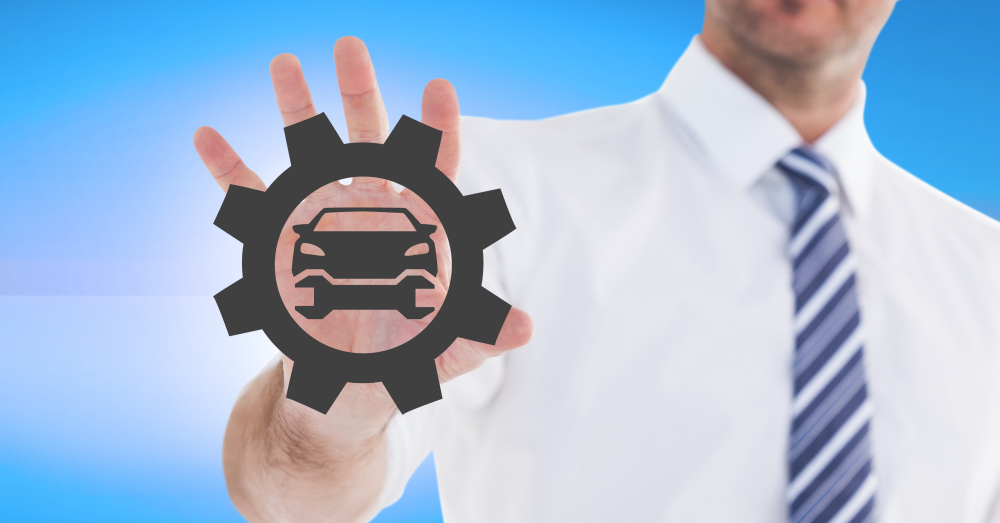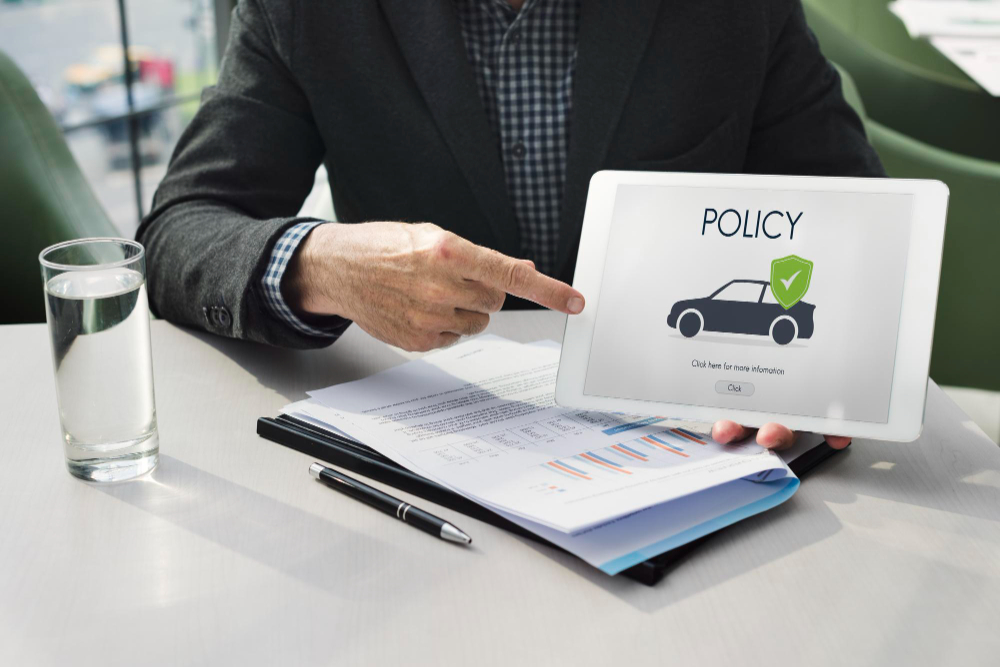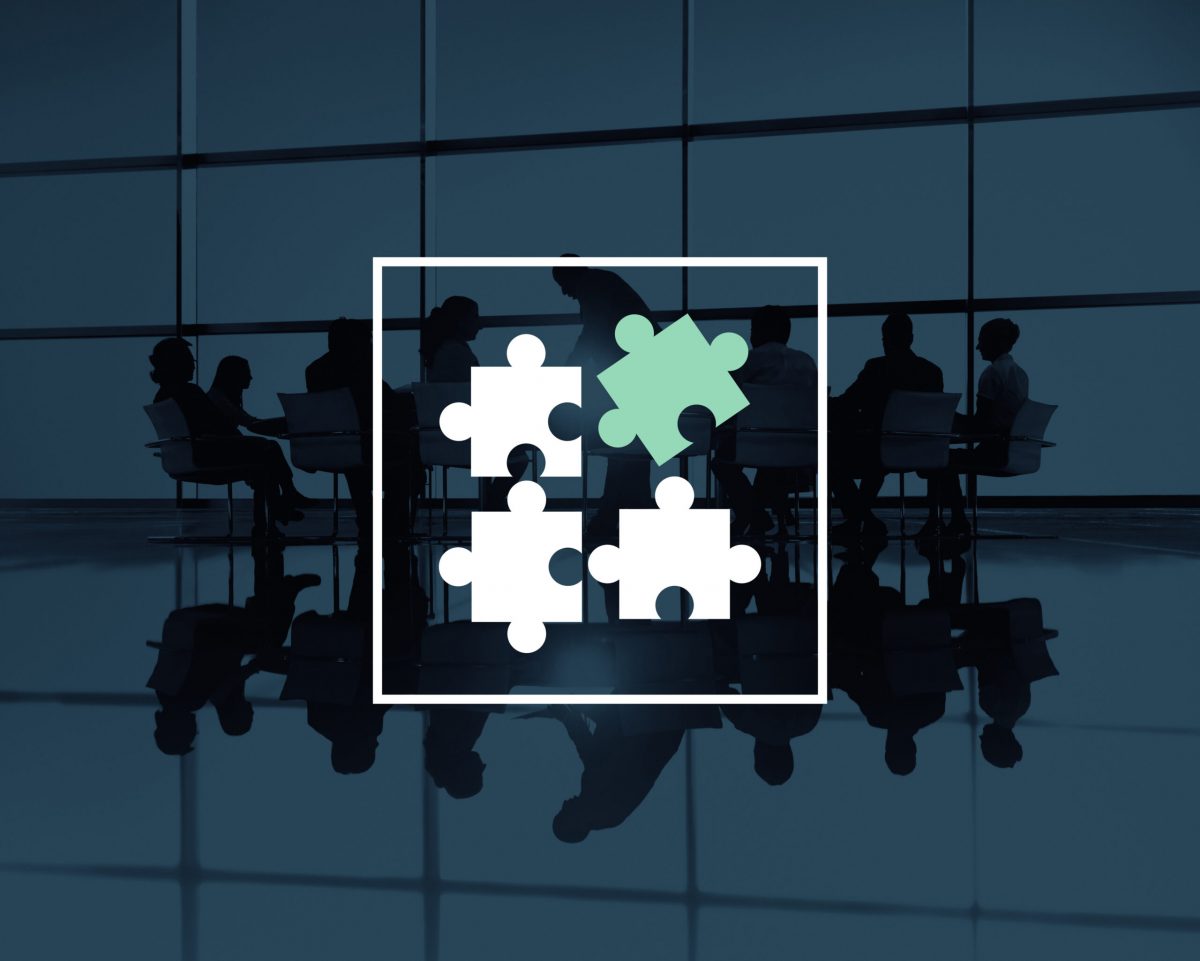The modern world has come to rely heavily on semiconductors, the tiny yet mighty chips that power everything from smartphones to microwaves, and yes, our vehicles. The recent shortage of these critical components has sent shockwaves through various industries, with the automotive sector being one of the hardest hit. As cars have evolved into computers on wheels, the dearth of chips has had a domino effect, leading to production halts, delivery delays, and a host of other challenges. But there’s an angle to this saga that hasn’t been as widely discussed: the impact on automobile insurance claims.
When the Well Runs Dry
Imagine a scenario where your trusted car, a vital part of your daily routine, needs repair. But there’s a catch – the parts required are just not available. This isn’t a hypothetical situation; it’s a reality for many due to the ongoing global chip shortage. The ramifications of this shortage stretch beyond mere inconvenience, spilling over into the realm of auto insurance. Let’s delve into how this shortage is reshaping the landscape of automobile insurance claims and what it means for consumers and insurers alike.
Understanding the Chip Shortage
Before we explore the implications for automobile insurance, it’s crucial to understand the root of the chip shortage. The demand for chips surged unexpectedly as the world adapted to the pandemic, with remote work and education driving up the need for electronics. Coupled with that, manufacturing disruptions and supply chain constraints exacerbated the shortfall. The automotive industry, which had cut chip orders anticipating a decrease in car sales, was caught off-guard as demand rebounded.
Increased Repair Times and Insurance Claims
One direct consequence of the chip shortage is the increased time it takes to repair vehicles. Cars today are replete with advanced technology that relies on these chips. When an accident occurs, replacing these high-tech components can take much longer than before. For automobile insurance companies, this means claims remain open for extended periods, potentially leading to higher costs and longer wait times for customers.
The Challenge of Total Loss Decisions
The scarcity of chips has led to a surge in vehicle values, and deciding whether to repair or declare a vehicle a total loss is more complex. With the cost of replacement parts skyrocketing, automobile insurance providers must meticulously weigh the expenses against the car’s value. This delicate balance can sometimes result in more vehicles being considered a total loss, affecting both insurers’ bottom lines and consumers’ pockets. For more details visit us at https://www.thejordaninsuranceagency.com/.
Premium Adjustments on the Horizon
As the industry grapples with these heightened costs, there’s a possibility that automobile insurance premiums could see adjustments. Insurers may need to account for the increased risk and expense associated with the chip shortage. Consequently, this could lead to higher premiums for consumers, as insurance companies aim to maintain their financial stability in a landscape altered by the scarcity of semiconductors.
Innovative Responses from Insurers
Despite these challenges, there’s a silver lining as some automobile insurance companies are getting creative. They are exploring alternative parts, such as after-market or refurbished chips, and even reassessing how they handle claims altogether. These innovative responses are not only helping to keep the wheels of the insurance process turning but also ensuring customers aren’t left in the lurch.
Conclusion: Navigating Uncharted Territory
The chip shortage has undoubtedly introduced a new set of challenges in the world of auto insurance claims. From elongated repair times to the reevaluation of total loss decisions, the effects are being felt across the board. As we continue to feel the ripples of this shortage, both insurers and consumers will need to adapt to this evolving situation. While it’s uncertain how long these conditions will persist, one thing is clear: the need for flexibility and innovation has never been more critical in the automobile insurance industry.
In wrapping up, we can see that the chip shortage isn’t just a temporary hiccup; it’s a significant hurdle that’s reshaping how automobile insurance claims are processed, how premiums are calculated, and how the industry as a whole responds to unforeseen challenges. Through adaptation and innovation, the industry can aim to mitigate the impact and steer toward a more resilient future.
Read More:








